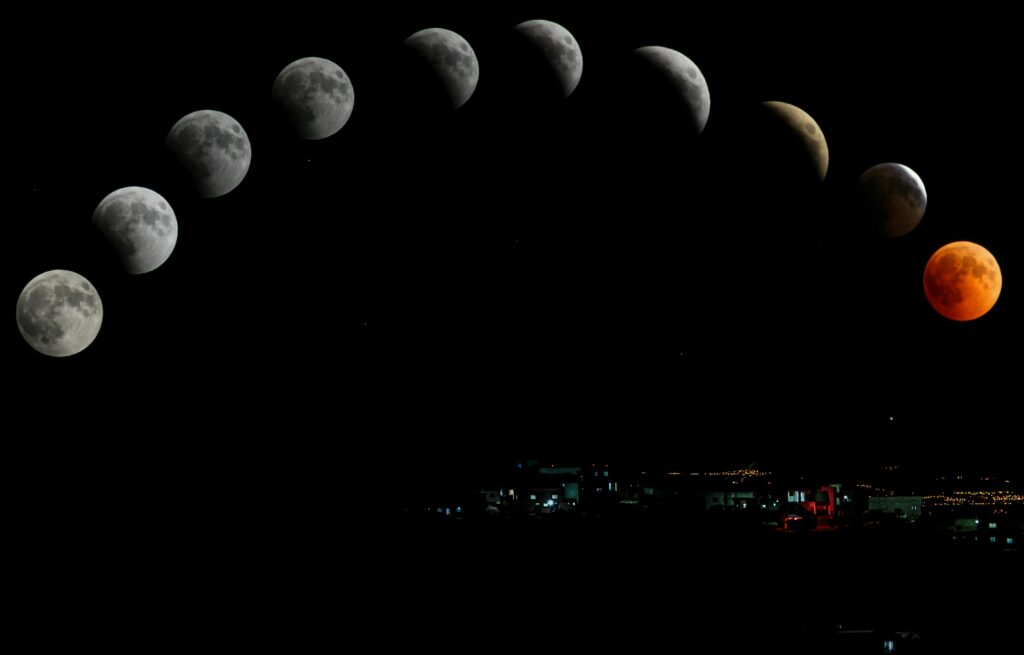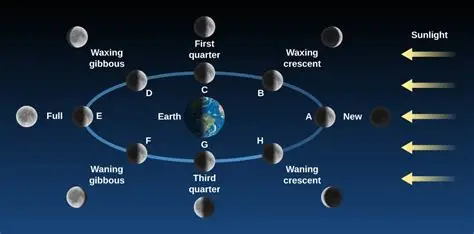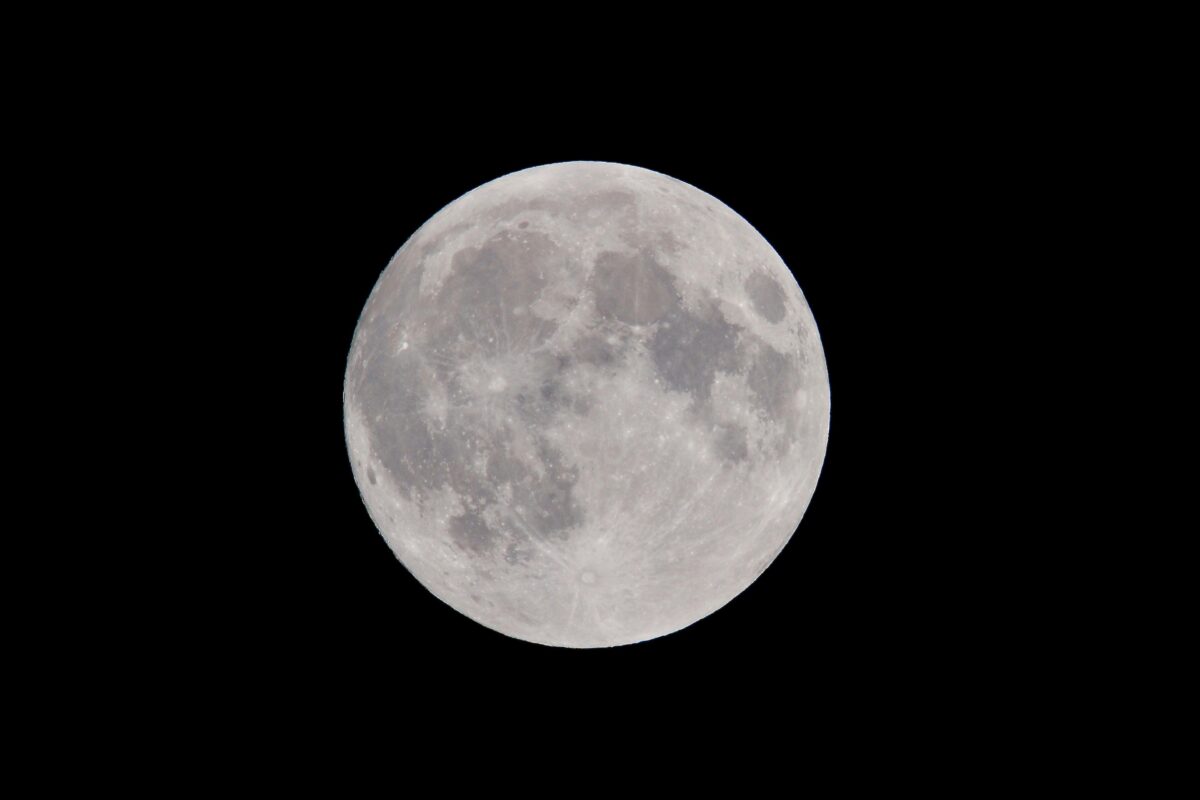The moon has captivated humanity for millennia, influencing everything from tides to cultural rituals. Understanding the various phases of the moon is not only essential for astronomers and astrologers but also for anyone interested in the natural world. A moon phases chart provides a visual representation of the moon’s cycle, offering insights into its appearance and significance throughout the month. This article delves into the moon’s phases, their meanings, and how to read a moon phases chart effectively.
Understanding the Moon’s Phases

The moon goes through a series of phases as it orbits the Earth, each marked by distinct appearances and characteristics. These phases are a result of the moon’s position relative to the Earth and the sun. The complete lunar cycle lasts approximately 29.5 days, during which the moon transitions through eight distinct phases.
The Primary Phases

The primary phases of the moon include the New Moon, Waxing Crescent, First Quarter, Waxing Gibbous, Full Moon, Waning Gibbous, Last Quarter, and Waning Crescent. Each phase has its unique features:
- New Moon: The moon is positioned between the Earth and the sun, making it invisible from our perspective.
- Waxing Crescent: A sliver of the moon becomes visible as it begins to move away from the New Moon phase.
- First Quarter: Half of the moon is illuminated, appearing as a semi-circle in the sky.
- Waxing Gibbous: More than half of the moon is illuminated as it approaches the Full Moon phase.
- Full Moon: The entire face of the moon is illuminated, creating a bright, round appearance.
- Waning Gibbous: The illumination decreases after the Full Moon, but more than half remains visible.
- Last Quarter: Similar to the First Quarter, only the opposite half of the moon is illuminated.
- Waning Crescent: A small sliver of the moon is visible, leading back to the New Moon phase.
How to Read a Moon Phases Chart
A moon phases chart is a straightforward way to visualize the moon’s cycle. Typically, it displays the eight primary phases along with their corresponding dates. Understanding how to read this chart can enhance your appreciation of the lunar cycle.
Key Components of the Chart
Most moon phases charts include the following components:
- Phase Icons: Each phase is represented by a distinct icon, illustrating the moon’s appearance during that phase.
- Dates: The chart lists specific dates for each phase, allowing you to track the moon’s progress throughout the month.
- Illumination Percentage: Some charts include a percentage indicating how much of the moon’s surface is illuminated during each phase.
Using the Chart for Planning
Understanding the moon’s phases can be beneficial for various activities. For instance, gardeners often consult moon phases to determine the best times for planting and harvesting. Additionally, photographers and stargazers may refer to the chart to plan their observations and capture stunning lunar images. By aligning your activities with the lunar cycle, you can enhance your connection to nature.
The Cultural Significance of Moon Phases
The moon has held cultural significance across different civilizations, often symbolizing various aspects of life, time, and nature. Many cultures have developed rituals and beliefs surrounding the moon’s phases.
Folklore and Traditions
Throughout history, the moon has inspired countless myths and legends. For example, in many indigenous cultures, the Full Moon is seen as a time for reflection and celebration. Rituals may include gatherings, storytelling, and ceremonies aimed at honoring the moon’s power. Additionally, agricultural societies often planned their planting and harvesting around the lunar calendar, believing that the moon’s phases influenced crop growth and fertility.
Modern Practices
In contemporary society, the moon continues to influence various practices. Astrologers often refer to moon phases in their readings, suggesting that the New Moon is an ideal time for setting intentions, while the Full Moon is a time for release and letting go. Additionally, many people find personal significance in the moon’s phases, using them as a guide for personal growth and self-reflection.In contemporary society, the moon continues to influence various practices. Astrologers often refer to moon phases in their readings, suggesting that the New Moon is an ideal time for setting intentions, while the Full Moon is a time for release and letting go. Additionally, many people find personal significance in the moon’s phases, using them as a guide for personal growth and self-reflection.
